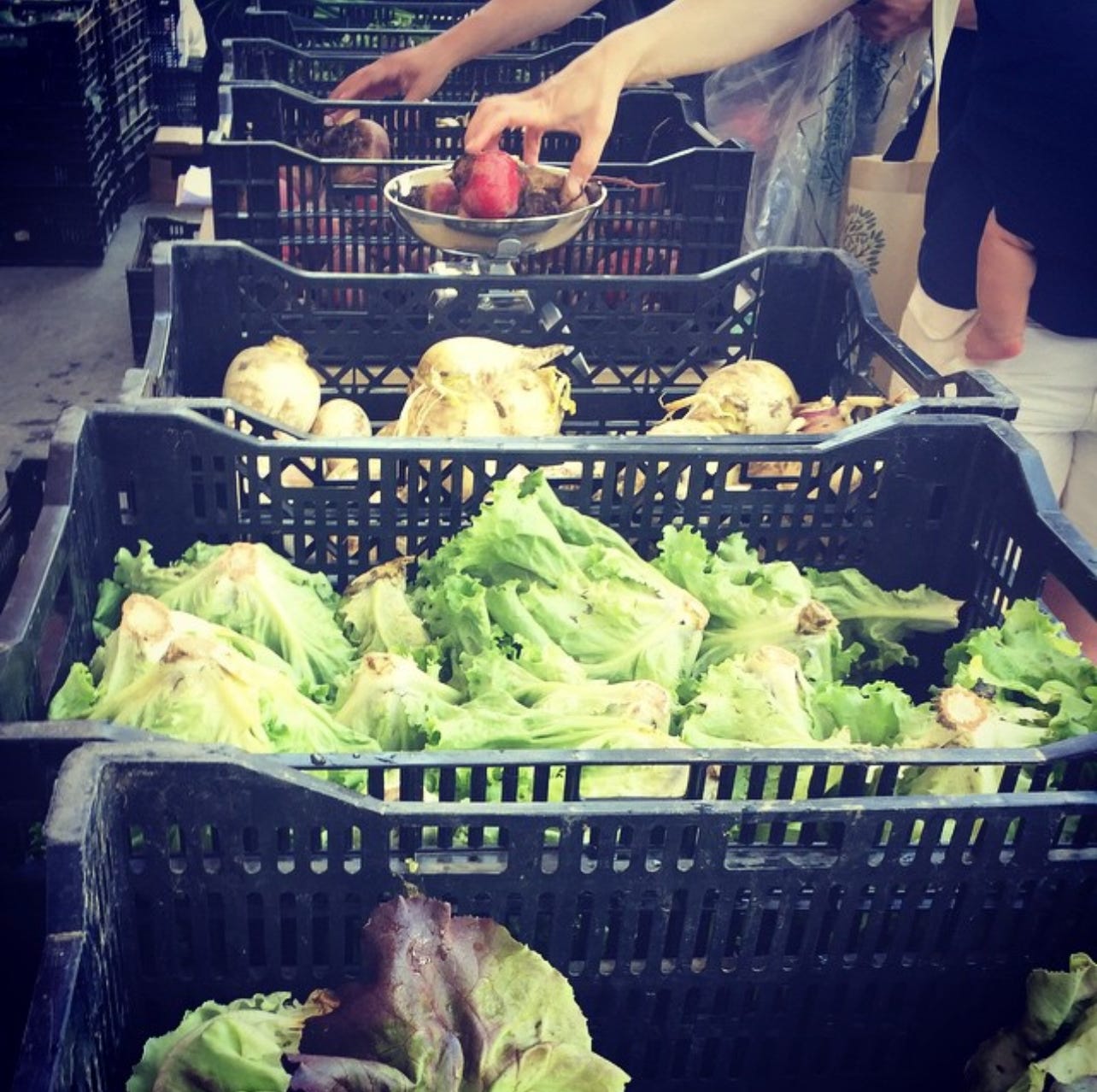Welcome to Newsletter twenty-four of Once More, With Feeling.

Friction gets a bad rap. It calls to mind furry felines petted in the wrong direction, relationships hitting the skids, and small inconveniences that get under our skin. Indeed, “friction” is a term psychologists use to describe small impediments that have outsize influence on our tendency to engage in desired behaviors — for instance, bad weather or long polling lines predicting whether or not we turn out to vote more than our values or intentions.
Friction can be bad. But can friction also be good? Let’s take a look.
BE THE SPARK - Thoughts on Teaching and Learning
Friction might not only be helpful for learning, it might be essential. As students—and as teachers—we desire smoothness, ease. It feels great when we teach a lesson, the students seamlessly and without much effort understand, we assess their understanding, and voila! Looks like they have learned!
But have they?
True learning involves changing how you see the world, adjusting your knowledge schemas to incorporate something entirely new. Such adjustments usually follow a challenge, a wrestling, a grappling. An entire body of literature on the illusion of fluency demonstrates that usually, when learning feels fluid and easy, no real learning has taken place. When everything is instantly perceptible, we either knew it already or we’re just riding the cognitive coattails of the person delivering the information—it feels like we understand because their delivery is polished, but it is a surface experience. Our brains are unchanged.
We’ve got to get all tangled up in it and work our way out to truly learn—and we’re going to be most successful in doing so if we can not only tolerate but actually learn to enjoy that vexing feeling of the cognitive struggle, of that uncertainty. “That is literally how science works,” Dave Cormier writes in his (excellent) recent book Learning in a Time of Abundance. “We move, hopefully, toward less uncertainty, or at least, to a better-explained uncertainty.” But we never can be entirely certain. This is why scientists so often lose battles against conspiracy theories and anti-scientific movements—we’re incapable of making truly definitive statements due to the nature of the scientific process and perspective, whereas those peddling misinformation are all too happy to do so.

So learning requires a bit of friction, and students may be assisted by working through some productive confusion. What about those of us working to shape the overall trajectory of learning and change in higher education? Creating friction may be part of our responsibility to shape an educational world we want to live in, what psychologist and educational developer Lindsay Masland characterized in a recent talk as tossing some sand in the gears. In another recent powerful talk based on his almost-in-our-greedy-paws book, writer and educator Joshua Eyler challenged those academics in positions of privilege to have the courage to enact change, to create some friction.
Finally, check out my last newsletter for some intriguing thoughts from educator Sarah Silverman about “access friction” — when accessibility needs of students (and sometimes their instructors) are in conflict with each other.
Friction is everywhere I look these days.
OUR MONSTERS, OURSELVES - Uncertainty, Challenges, Mental Health
One way of reducing friction is taking things online that used to be offline, logging in from the comfort of your own home. For instance, a telehealth appointment to check on your ongoing struggles to control your blood pressure means that you don’t have to find the time in your schedule to travel to your doctor, fight with parking, wait in line to check in at the front desk, wait again for your appointment to begin…. and so on. Telehealth opens doors to treatment for people who may have difficulty leaving their homes for reasons of disability, childcare, or lack of transportation.
But is it always the best option for everyone?
A recent article considers that many residential colleges and universities, overwhelmed by the demand for mental health services on campus and unable to meet them through their counseling centers, have turned to external companies providing tele-mental health care.
The article does a good job of investigating the conflicting benefits and drawbacks about this situation. On the one hand, more students are accessing care, and at faster and more frequent rates than their in-person counseling centers could handle. It also offers much greater availability of counselors who share various identity-based characteristics like race, gender, or sexuality—on most campuses, college counselors tend to predominantly be white cisgender women.
On the other hand, utilizing external companies means little oversight over quality of services. More important for our considerations of friction, the ease of logging onto therapy from one’s dorm room means that students who may already have been isolating themselves for reasons of mental health struggles don’t have to leave their dorms to physically visit a counseling center, interact with the staff in the office, and meet in person with their therapist. They also don’t meet with a person who has real, deep connections to the institution the student attends, someone who can connect the student with other local resources, and who often have extensive context on the curriculum and the student body.
Picking up your phone and receiving instant feedback from someone has its appeal. But mental health care that is embedded in your community may be more powerful.
Speaking of not leaving your dorm, what happens when the dorms we build increasingly value privacy over the friction of frequent social encounters?
HIVEMIND - Our Synchronous Selves
In a fascinating research study I first learned about on the always-entertaining podcast Tea for Teaching, a research team noted a trend over time toward increasing levels of privacy in dorms. More and more students requesting private rooms, fewer roommates, fewer shared spaces and more spaces for individual quiet time. Reducing large communal bathrooms and creating more quads and singles means many fewer social encounters over a day. What effect might all of this separate space have on their well-being and satisfaction with the college experience?

The authors of this research study examine the architectural plans of residences in 22 universities in a large North American urban center and confirm their hypotheses—that over time, dormitories have changed from large mixed spaces with frequent opportunities for “passive encounters” with social others to increased privacy and reduced shared spaces. They conclude that this move toward greater privacy “may have the effect of improving residential satisfaction without considering the potential consequences on student socialization and community involvement, and thus academic performance and well-being.” Less friction, but potentially less well-being. One imagines that exploring this hypothesis is the next step of this research team—I eagerly await their findings.
INCIDENTALLY - Friction in Our Social Lives
This newsletter has been highly focused on education and institutions of higher learning. But what about the role of friction in our social lives?
Turns out, here too reducing friction can have a paradoxical effect on positive emotions and satisfaction. In his book Four Thousand Weeks, Oliver Burkeman considers all of the modern inventions designed to reduce friction (home delivery, telehealth appointments, automated banking) and expresses skepticism that they actually make life more pleasurable. “[S]moothness, it turns out, is a dubious virtue,” he writes, “since it’s often the unsmoothed textures of life that make it livable, helping nurture the relationships that are crucial for mental and physical health, and for the resilience of our communities.” Social psychologists call these regular interactions with our fellow community-dwellers “loose ties,” and they are indeed pivotal for happiness.
I felt this less-friction/less-happiness paradox keenly in my experiences with our community supported agriculture program over the last five years (through the wonderful Red Fire Farm, MA residents take note). In the original formulation, I’d pick up our vegetables by driving to our most local delivery spot, sorting through bins of veggies, weighing the produce, and placing them in my own reusable bags. The air was always full of the smell of dill and fennel, my hands catching dirt from the freshly pulled carrots and caressing the smooth roundness of the tomatoes. The same warm, freckled, broad-smiled farm hand would be there chatting idly with the other CSA members. I’m too introverted for such small talk but she and I would exchange a sparkly hello that I eagerly anticipated each week.
The pandemic years first transitioned this social sensory exchange into a quick handoff of a full box (no weighing, sniffing, squeezing), squinty smiles through masks. Last year they introduced home delivery, an opportunity I made the mistake of leaping at. It was a year of finding a box sitting on my doorstep, no human or vegetable interaction at all, and returning to my email inbox within moments. It was a loss. I’m returning to pick-ups this summer season.
In another loss, a recent essay in The Atlantic considers the costs of the great migration of courting to dating apps, the ease at which you can slide into a comfortable relationship with a compatible partner which often lacks the tumult, uncertainty, and friction of instead crashing into love with someone who might be full of intriguing contrasts that relentlessly circle your mind around the clock.
Let’s not sand life down until there is no friction left.
Let’s embrace it instead—in the classroom, in our careers, in our living arrangements, in our love lives.
~~~~~~~
Just a quick publicity note that my latest book Mind Over Monsters: Supporting Youth Mental Health with Compassionate Challenge (challenge and friction sharing quite a lot of overlap!) is out in paperback this week. You can find it here.






I'll be interested to see the findings from the dorm study too. Back home in the UK it's *not* the norm to share spaces with others in college - to share a bedroom, for example - so I wonder if there's room for some comparative work on cultural expectations around this. (Sharing a room in college always sounded hellish to me!)
Great post, Sarah, thank you for sharing. Have been thinking myself about the ways that I hope we can redeem friction for our students. I often think about analogies to physical training, which although limited as all analogies are, speak to the idea of progressive overload (and rest!) as essential for growth.
Totally agree that friction gets a bad rap and appreciate the way you explained it here!